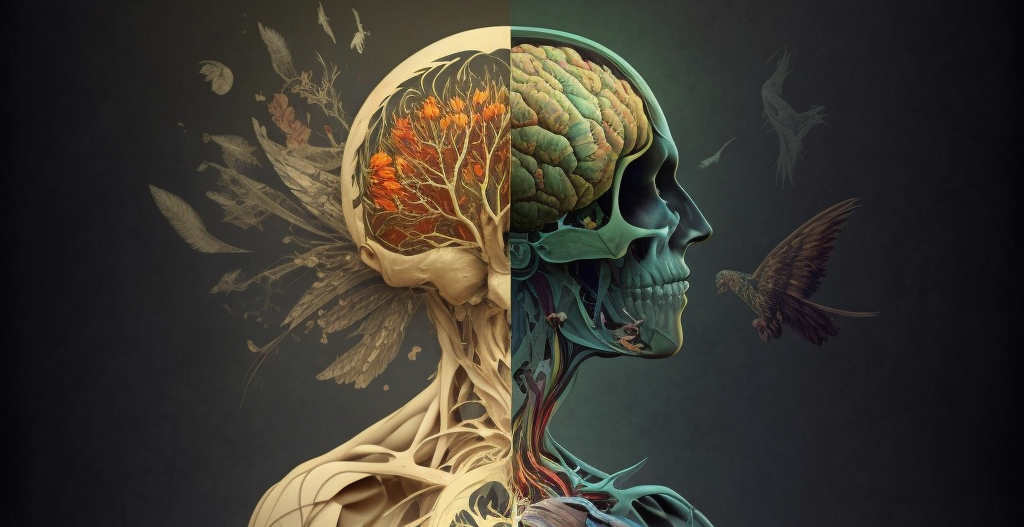Despite historic and recent evidence that our beliefs can have drastic effects on bodily function, we seem to lack a model of how this might work. We believe this is due in large part to a failure to consider that computational processes we attribute to cognition may be occurring below the neck, and to a lack of a language by which we could describe beliefs as something that can be instantiated within the body.
In a recent paper, we proposed that we expand the scope of cognitive science to include the body and develop a formal language to describe the relationship between cognitive and bodily systems. To do so, we propose to integrate the best parts of three contemporary accounts that deal with mind and body.
Firstly, parametrically deep allostasis (PDA), a two-level Bayesian inference model, can help us understand how affective valence (the positivity or negativity of a feeling) arises from our bodily experiences. At the surface level, the model uses sensory information to anticipate our homeostatic needs. At the deep level, it continuously tracks the fitness of the surface-level models, indexing fitness as affective valence. This model frames the role of our slow, deep feelings in statistical language that can allow us to possibly speak of beliefs in terms of signaling and computation in interoceptive systems.
Secondly, embodied predictive interoception coding (EPIC) provides a biologically plausible implementation of PDA. EPIC describes a predictive system in the central nervous system that takes inputs from the body via the interoceptive nervous system. It senses precision-weighted ascending homeostatic/metabolic and exteroceptive signals in highly laminated sensory "rich club" hubs and issues allostatic predictions that drive descending allostatic control signals.
Finally, Carvalho and Damasio's functional/anatomical account of the interoceptive nervous system (INS) provides a crucial, holistic field of view that permits for unique forms of computation in systems below the neck. They frame the spatiotemporally diffuse properties of interoception and affect (described in PDA) as products of INS physiology, with a neurobiological framing that “matches up” well with the cortical field of view of the EPIC model.


